As computer parts grow tinier — billions of transistors are now packed onto silicon chips the size of a fingernail — silicon’s performance shrinks too, and the material can overheat.


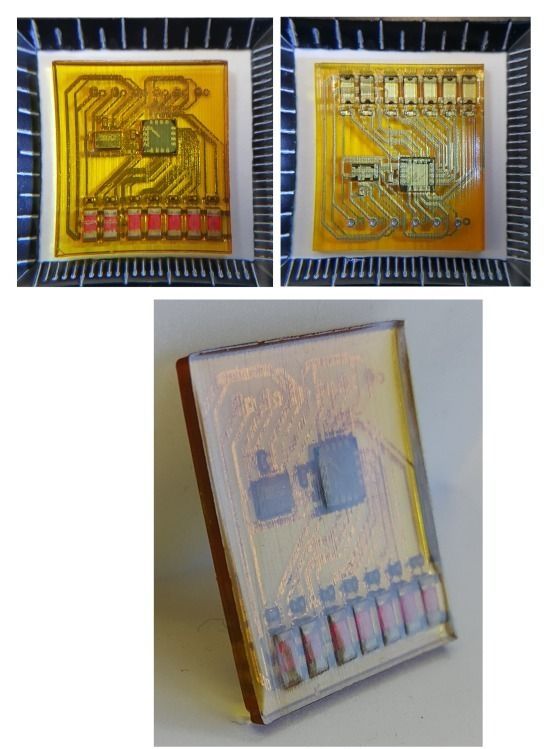
Simon Fried, Nano Dimension CBO, describes the next five years of industrial 3D printing. It will be meeting more needs. In mechanical terms, that means 3D printing will use a broader range of materials or a higher quality of materials.
We also expect greater flexibility in combining materials – creating objects made of different types of metals, for instance, within the same print. Or printing metals and polymers, or metals and ceramics in one print job. With that capability, for instance, companies can begin deploying addition functionality within parts, such as electrical capabilities to mechanical objects. That’s the case with Nano Dimension, where polymers and metals are printed together with a very specific functional goal. Down the road, this capability will bring about stronger, smarter and more functional final products.

Scientists have created bricks harder than concrete by compressing simulated Martian soil. Hypothetically, this means we could significantly bring down the cost of constructing shelters when we finally reach Mars.
The world is intent on sending humans to Mars, but the feasibility of Martian travel is dependent on cost. That’s why staying within budget is potentially the biggest challenge facing NASA’s recently released five-year plan detailing how humans will get to Mars. It’s also the reason SpaceX is pushing to make reusable rockets.

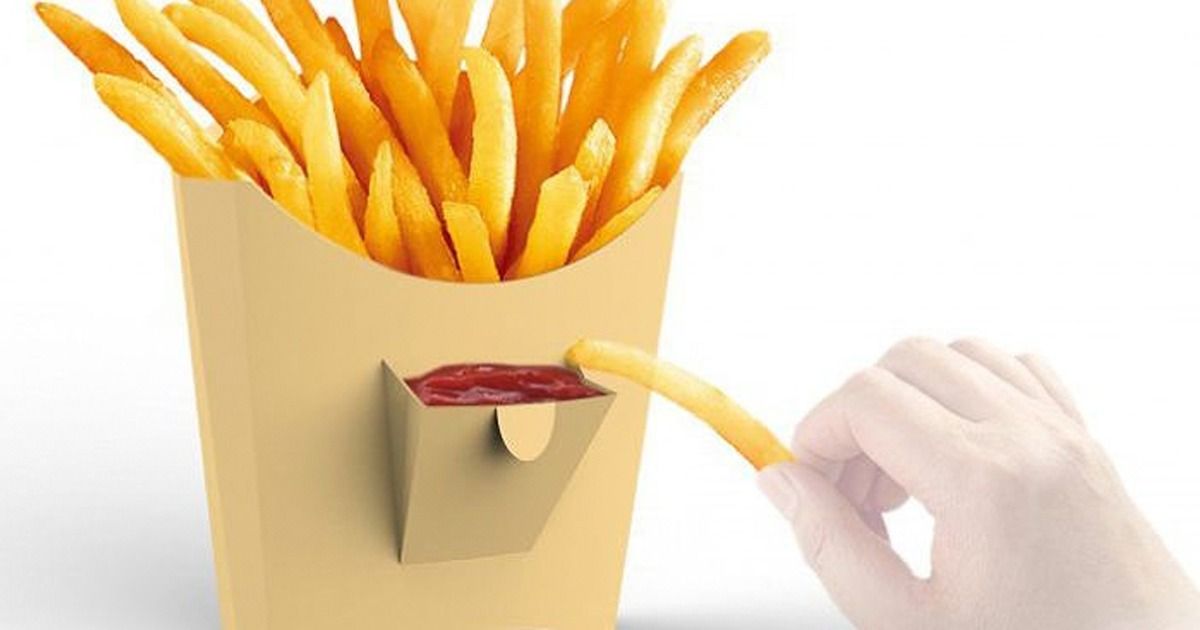
The A’ Design Award & Competition is a magnet for creativity, and every year the contest attracts thinkers and inventors from all over the globe. The winners of the 2016–2017 period have just been announced, and they’re so innovative they could change the world as we know it – or at least make it a little more functional.
Show Full Text
The awards were doled out to over 1200 projects spanning a wide spectrum of categories, including but not limited to furniture, packaging, graphics, and architecture. The designs share common themes of practicality, modernity, and efficient use of space and materials. A’ Design is a unique concept in the competitive world, offering winners the prize of mass publicity rather than cash, and giving the designers an arsenal of tools to forge success on their own terms.
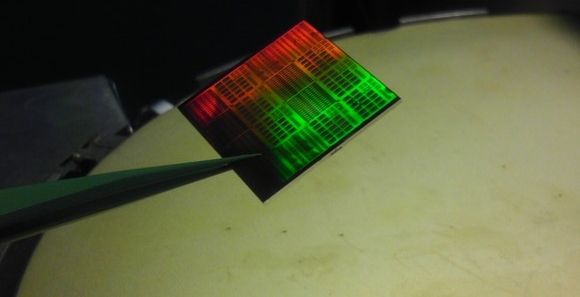
Researchers have built a primitive microprocessor out of a two-dimensional material similar to graphene, the flexible conductive wonder material that some believe will revolutionize the design and manufacture of batteries, sensors and chips.
With only 115 transistors, their processor isn’t going to top any benchmark rankings, but it’s “a first step towards the development of microprocessors based on 2D semiconductors,” the researchers at Vienna University of Technology said in a paper published in the journal Nature this month.
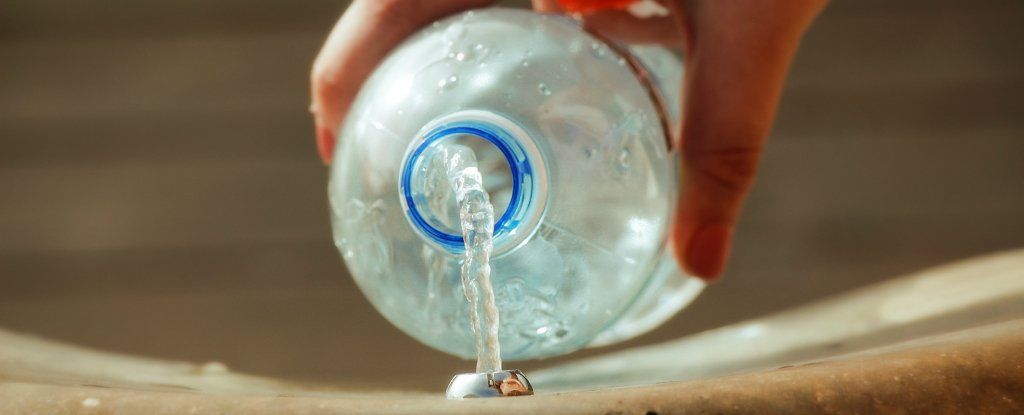
When it comes to future challenges, one of the biggest will be water scarcity — on a warming planet we’re going to have plenty of seawater, but not enough fresh, clean water in the right places for everybody to drink.
And while a lot of research has focussed on desalination, a team of scientists have now come up with another possible solution — a device that pulls fresh water out of thin air, even in places with humidity as low as 20 percent. All it needs is sunlight.
It might sound too good to be true, but so far the research is solid. Called the ‘solar-powered harvester’, the device was created by teams from MIT and the University of California, Berkeley, using a special type of material known as a metal-organic framework (MOF).

NASA awarded $125,000 to a mining company to develop technology to extract minerals embedded in asteroids.
NASA will pay Deep Space Industries (DSI) for technology to return mined minerals from asteroids to Earth’s orbit. DSI is developing a way to use aerobraking to bring minerals back to Earth.
DSI said the grant will support the company’s research into creating aerobrakes out of materials found on near-Earth asteroids.
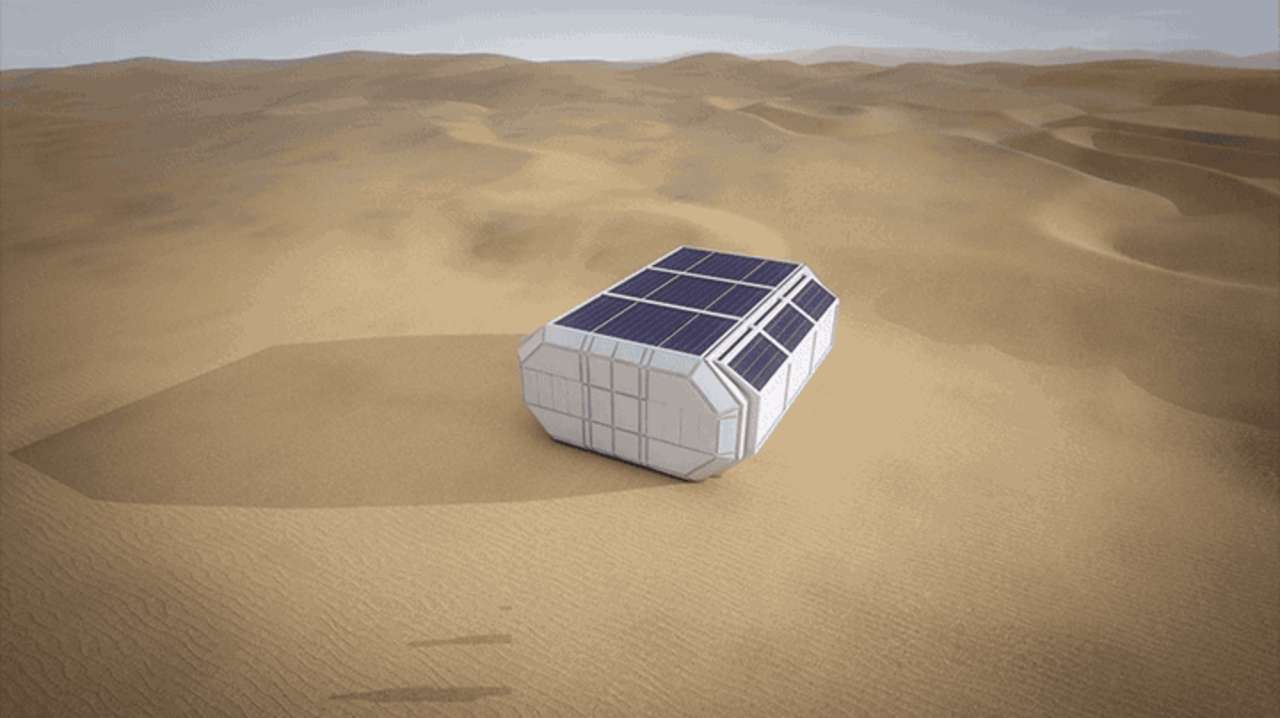
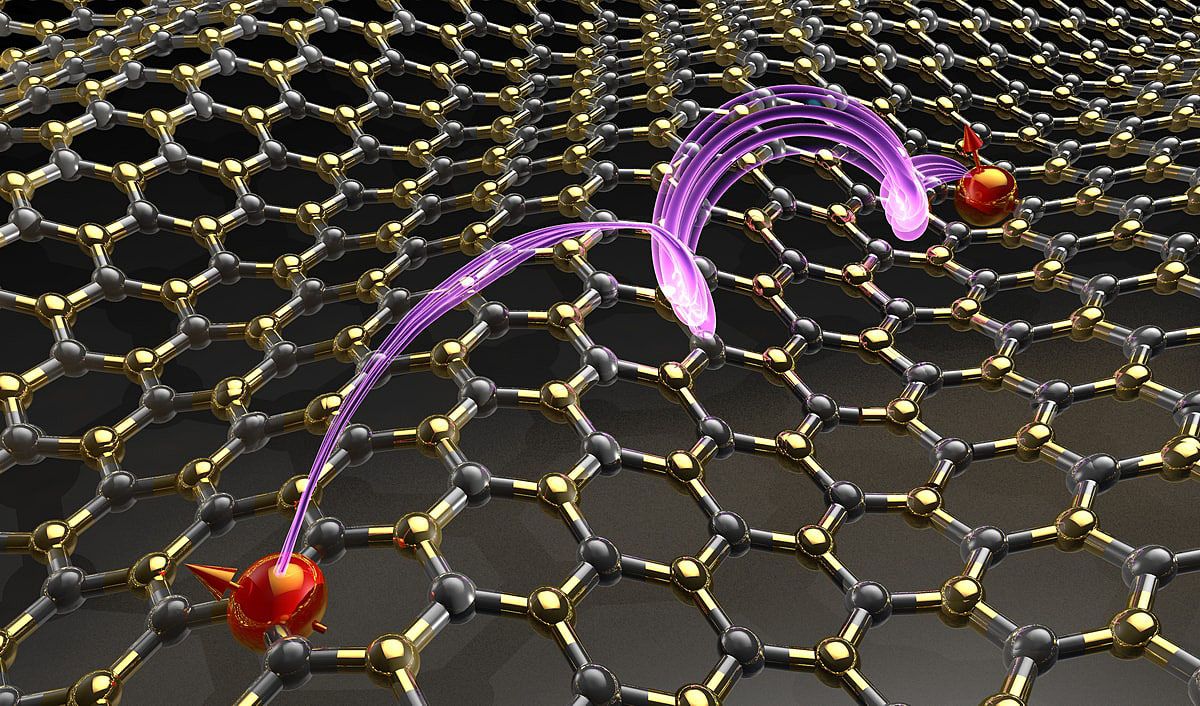
A new approach to control forces and interactions between atoms and molecules, such as those employed by geckos to climb vertical surfaces, could bring advances in new materials for developing quantum light sources.
“Closely spaced atoms and molecules in our environment are constantly interacting, attracting and repelling each other,” said Zubin Jacob, an assistant professor of electrical and computer engineering at Purdue University. “Such interactions ultimately enable a myriad of phenomena, such as the sticky pads on gecko feet, as well as photosynthesis.”
Typically, these interactions occur when atoms and molecules are between 1 to 10 nanometers apart, or roughly 1/10,000th the width of a human hair.